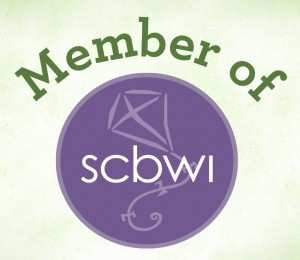Review: The Four Rooms
Along with designing games, I also contract with other companies, writing rules, testing, and making suggestions. I typically don’t write about these jobs, mainly because my clients usually don’t want me to. Recently, though, I finished working on a game that had an interesting mechanic that I haven’t seen before. The game is called The Four Rooms and it’s bundled in the Wizarday board game from ToysNTayls. When I told Sarah I wanted to blog about her game, she graciously agreed.
The Four Rooms is a game that helps build communication within families. Each player has a hand full of Mission Cards (things like brush your teeth, do homework, and play video games). Each turn starts with one player turning over two Opinion Cards. One is for the parents (Parent Agree or Parent Disagree) and the other is for kids (Child Like or Child Dislike).
With me so far? Good.
The board has four rooms on it, one for every possible combination of Opinion Cards. There’s one room for Parents Agree and Children Like, one for Parents Disagree and Children Like, and so on.
When the Opinion Cards are revealed, players race to put one of their Mission Cards in the room indicated by the Opinion Cards. Whoever gets their Mission Card down first wins the round, but only if that Mission matches the opinions on the cards. For example, putting down “Brush Your Teeth” for the “Parent Disagree / Child Like” combination probably is not going to be accepted by the group.
When you play The Four Rooms, something really interesting happens. At first, players think of it as a reflex game (see the card, get your card down first), but it’s not. It’s a think-the-fastest game, with players examining their Mission Cards and trying to pick one that matches the Opinion Cards showing. That’s the mechanic that I mentioned earlier and the reason I’m writing about the game. The moment between seeing the Opinion Cards and playing a Mission card is absolutely priceless.
It’s tense and funny, with players laughing and shouting and sometimes even trying to distract each other.
Once someone has put a card down, that player has to explain how it fits the Opinions. You’d think this would be the funniest part of the game, and it often is funny, but when playing, it feels more like a nice cool down from the race to pick Missions. When we played, most players were already looking at their Missions and trying to mentally prepare for the next set of Opinion Cards.
Pretty cool, huh?
From a designer’s perspective, it’s even better, as the thinking that each player is doing is exactly what the game designers are looking for. Their goal was to get families thinking about the daily routine in a new way. That’s exactly what players are doing, but in a seriously fun and engaging way.
Want to comment? Hit me up on Threads or Facebook!



